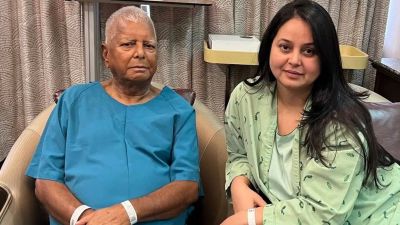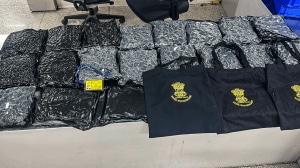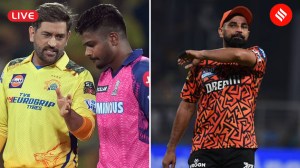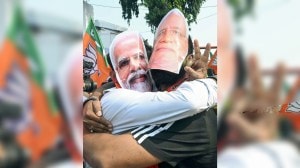Book excerpt: How to teach your kid about money management
A graphic novel-cum-handbook for children aged between 6 to 16 years teaches them about saving, budgeting and growing money. Read the excerpt to know more.
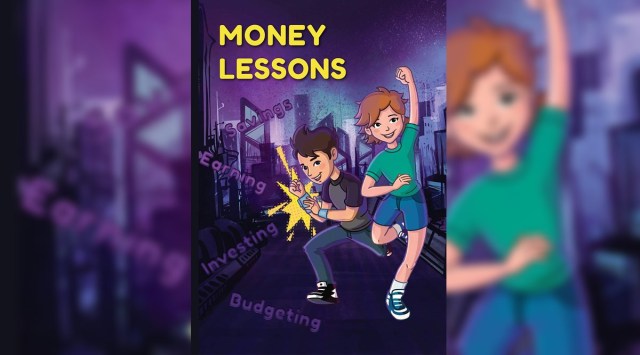 Money Lessons, BrightChamps Tech Private Limited, 84 pages, Rs 799. (Source: Amazon.in)
Money Lessons, BrightChamps Tech Private Limited, 84 pages, Rs 799. (Source: Amazon.in)
According to the Reserve Bank of India, only 27% of Indian adults are financially literate. In fact, in the recent budget, the finance minister referred to the importance of implementing financial literacy as a subject at a younger age followed by the RBI celebrating Financial Literacy Week which is celebrated every year from 13 to 17 February.
And as parents, it is our duty to do the best for our children. Laying a solid foundation for understanding different aspects of money is therefore, imperative. In this chapter from Money Lessons, we will talk about the concept of modern economics that use modern money.
Let’s talk about the modern world where we live, where people buy candies from the store and go to the movies on the weekend. Ever wondered how the money exchange happens during these transactions? Through paper notes and coins backed by the government. This form of money is called Fiat money, it is backed by the government and is used across all modern economies. And in today’s day and age, in addition to using paper money or physical currency, one also can also make digital payments. These include online transfers like UPI (Google Pay), Net banking, online wallets like Paytm, etc.
But how does one earn this money? By either selling some goods or working for someone i.e., providing a service. The money you earn can be saved in bank accounts and can be later used to buy candies and movie tickets or pay bills and rent.
Money: A tool that solved it all
Most problems we faced with the previous ways of exchange or transaction were solved by Fiat Money. It came with its own set of benefits. Let’s read about them and see how the need for a better system of exchange took the evolution of money to where we are today.
- Medium of Exchange
The primary function of money is to act as a medium of exchange. Fiat money removed the limitation of ‘double coincidence of wants’ (a situation where both the seller and buyer agree to sell and buy each other’s goods) and made the exchange easier. - Unit of Account
It is a standard numerical value attached to goods and services so that the transactions appear fair and justified. - Store of Value
This function helps individuals conserve their wealth without fearing the loss of its value or durability. A typical example would be depositing money in the bank to buy goods and services later. Value of the money shall remain even after several years have passed. - Standard of Deferred Payment
Money also allows you to purchase goods right now and pay for them later on. This is known as deferred payments. For example – taking loans from friends and family and paying them over time.
Let’s See What All We Can Do with Money
| GOODS
Items that can be bought and used |
SERVICES
Actions or services provided by other people to us |
|
| PHYSICAL | Tangible items like books cars, groceries, etc. | Services performed in person, like the barber, cobbler, tailor, etc. |
| DIGITAL | Intangible items like file and software | – Online actions like online tuitions, online therapy, etc. |
Goods
Items that can be bought and used.
Physical goods
Digital goods
Services
Actions or services provided by other people to us.
Physical services
Digital services
What can money buy?
| Goods | Services |
| Tangible | Intangible |
| Ownership is transferred to the buyer | Ownership cannot be transferred |
| Can be returned to the seller | Cannot be returned to the seller |
| Can be manufactured, stored, and transported | Cannot be manufactured, stored, and transported |
| There is a gap between production and consumption of goods | Production and consumption of goods can happen simultaneously |
| Goods manufactured can be identical | Each delivery of a particular service is different |
| Clothing, food, electronics, and furniture are some examples | Healthcare, legal counsel, and transportation are some examples |
General features of a currency note
Let us now look at some interesting characteristics of modern paper currency.
Security Thread
These embedded threads have the note’s denomination inscribed on them which can be visible when you hold up the note in front of a light source.
Serial Number
A unique serial number is printed horizontally or vertically on the note. It can be found either on the front or on the back of the note.
Visual Aid
Different denominations have different kinds of raised lines or dots printed on them. These dots can be felt by visually impaired people to detect the different currency notes.
Watermark
Image and the value numeral can be seen from either side of the note when held up in front of bright light.
Colour change
Elements like numbers on the banknote are printed with a colour-changing ink. You’ll notice a different colour every time you tilt the note.
Excerpted with permission.
For all the latest Parenting News, download Indian Express App.



- 01
- 02
- 03
- 04
- 05


